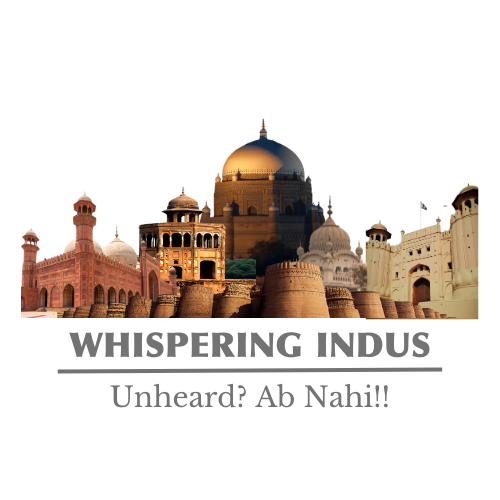Urban grid systems, drainage, baked bricks, and public infrastructure.
The Indus Valley Civilization marked a revolution in urban design. Cities like Mohenjo-daro and Harappa were organized with impressive grid layouts, central roads, and walled sections. The architecture prioritized functionality, hygiene, and civic planning.
Key architectural features included baked-brick houses, multi-room layouts, public granaries, and an advanced drainage and sewage system that was covered and connected to individual residences. The iconic ‘Great Bath’ at Mohenjo-daro is believed to have served ritualistic or communal purposes.
Although no large temples or palaces have been identified, the uniformity of architecture and engineering suggests a centralized administration. This civilization laid the groundwork for future urban development in the subcontinent.
